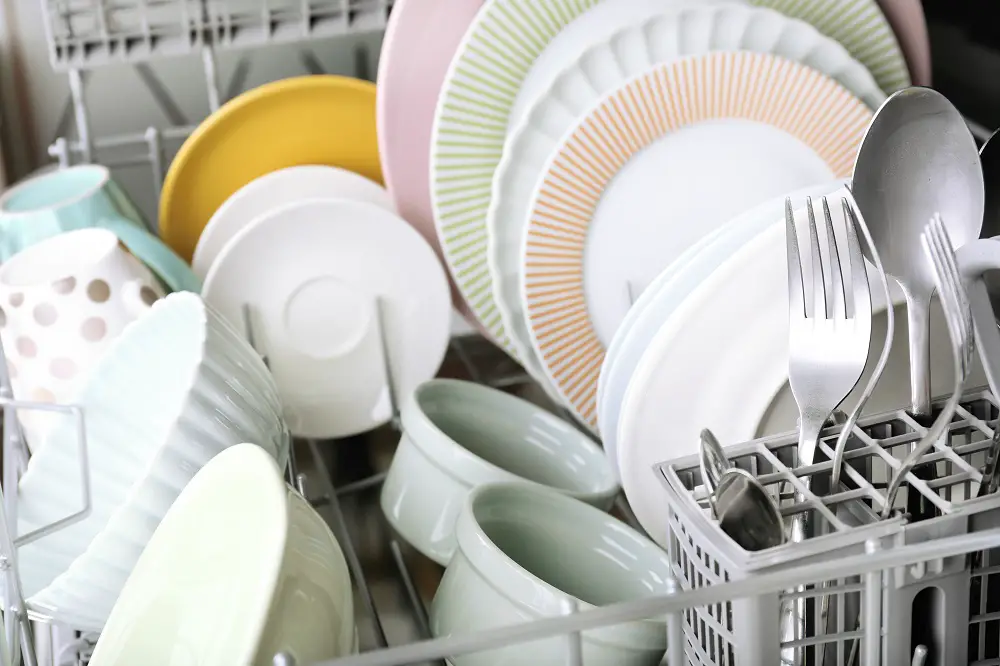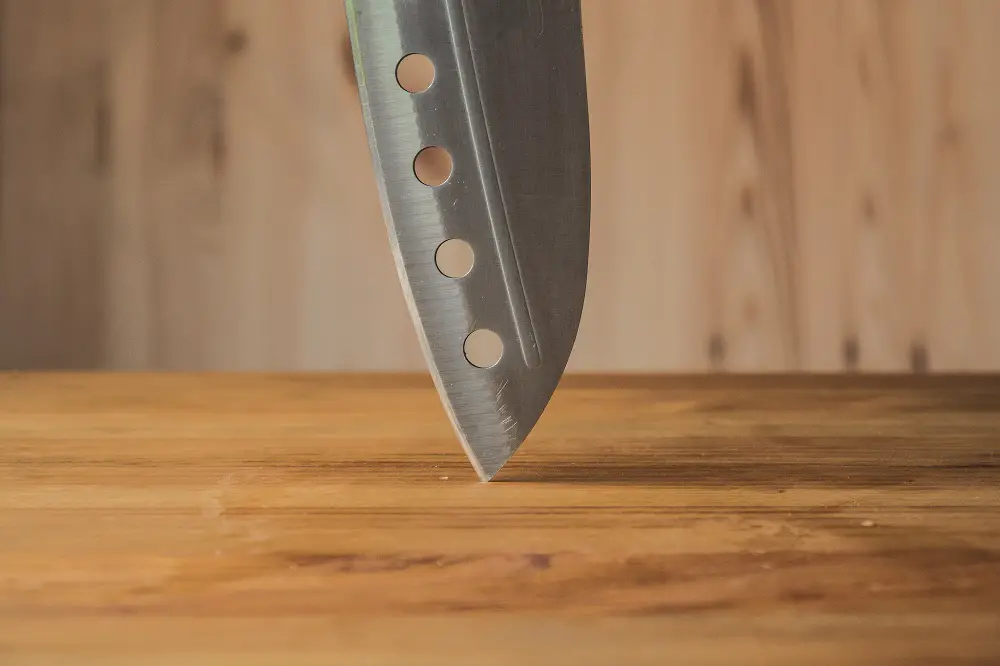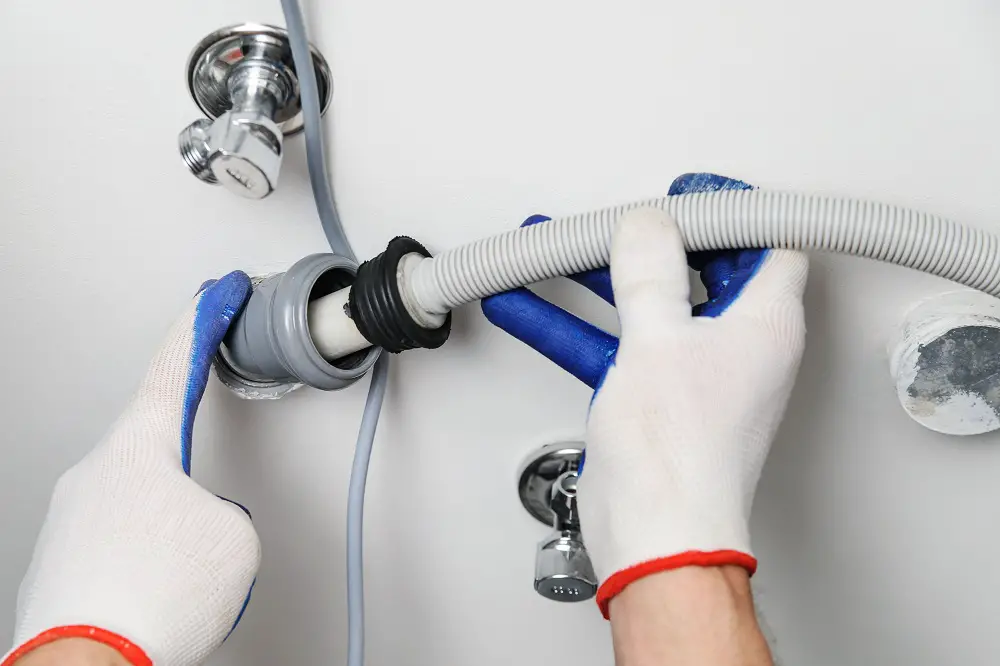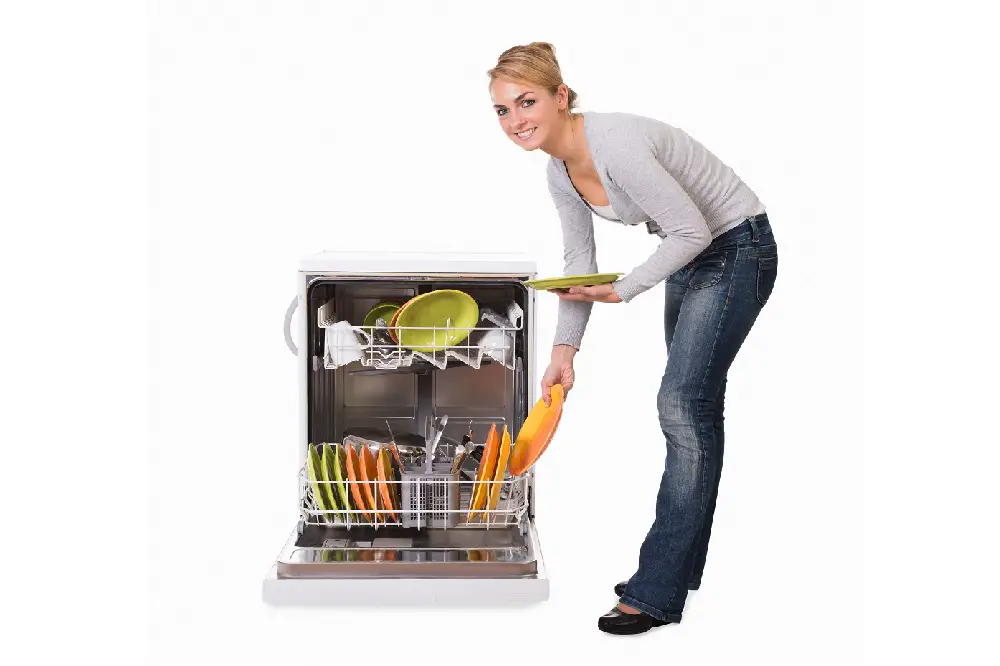A portable dishwasher must be used near your kitchen sink and connected to the sink faucet for water supply. This might sound quite straightforward, but what if you have a pull-out faucet? Can you attach a portable dishwasher to a pull-out faucet?
While it may seem complicated, hooking your portable dishwasher to a pull-out faucet is easier than you think. You can do this by yourself and don’t need to hire anyone to do the job.
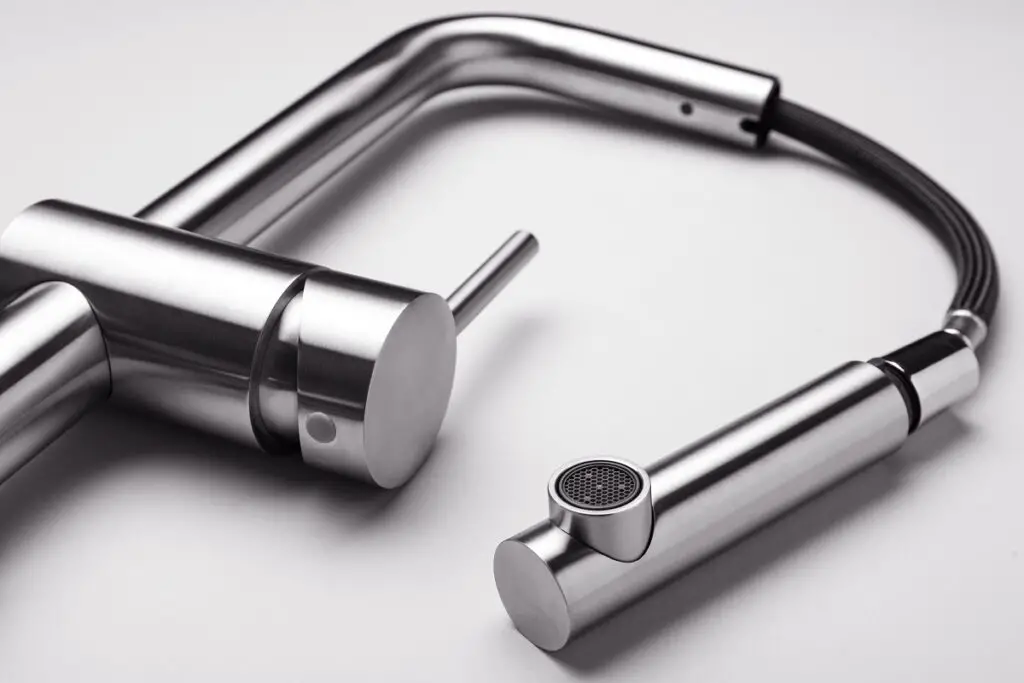
Read on to know how to do this and about alternatives to a pull-out faucet for your portable dishwasher.
Table of Contents
Can Every Pull-Out Faucet Be Connected To a Portable Dishwasher?
A pull-out faucet comes with a sprayer or faucet head that you can pull toward you for washing or other kitchen cleaning purposes. This is beneficial in kitchens with limited space, especially around the sink.
Helpful tip: Consider pull-out faucets instead of pull-down models if your kitchen cabinets are installed right above the sink. They occupy less headroom space than the pull-down types and come with longer hoses.
As for using a portable dishwasher with a pull-out faucet, you can do so with any type of pull-out faucet.
While some misconceptions state that connecting a dishwasher to a pull-down faucet won’t work, these are simply misconceptions. One such misconception is that the hose might eventually burst since it isn’t built to withstand a dishwasher’s pressure.
When used the right way, you won’t face any issues. Keep in mind the following points for a safe operation:
- Keep the faucet’s water outlet at the partial output for lower pressure.
- Avoid leaving the dishwasher hooked up for longer than necessary.
(Unsure? Read our article if it is safe to run the dishwasher unattended) - Ensure you get NPT (National Pipe Thread) adapters (if your dishwasher didn’t come with the appropriate faucet adapter).
To work out the correct adapter requirements,
- Detach the faucet and remove the faucet head.
- Measure the pull-out hose thread size.
- Use an appropriate guide to determine the corresponding NPT size for the hose size.
Depending on the type of pull-out faucet, you might require a combination of adapters. Keep in mind to match the male/female ends correctly.
Use some thread sealant tape for those adapters that don’t have built-in O-rings.
It avoids water spraying all over the place. As annoying as the entire attachment process might seem, it is a one-time trouble you must go through to be able to operate your portable dishwasher.
6 Steps to Hook up a Pull-Out Faucet to a Portable Dishwasher
Here are the steps to follow to hook up your portable dishwasher to a pull-out faucet:
Step 1: Remove the Aerator of the Faucet
The pull-out faucet will have an aerator that adds air to the water flow. The first step is to loosen and unscrew the aerator from the faucet. While you can do this with your bare hands, you can also use a set of pliers if you find it difficult.
Hold the faucet spout with one hand and use the other hand to loosen the aerator.
Keep the aerator handy since you’ll need to screw it back onto the faucet after you run the dishwasher.
Step 2: Connect the Portable Faucet Aerator and Adapter
Portable dishwashers typically include a separate faucet aerator to use when setting up the appliance. Install an extension adapter to the pull-out faucet to hook up your dishwasher.
Once you locate the threaded portion of the faucet spout, screw the adapter over it.
Use a ranch or a powered screwdriver to ensure a secure fit and prevent water leaks.
Always check the connection on both ends to identify any loose ends or gaps.
Step 3: Proper Placement of the Portable Dishwasher
Your portable dishwasher needs temporary mounting; find a safe and even spot near the kitchen sink to do this.
If you intend to keep your appliance in the storage compartment beneath the sink, pull the water hose from there before you do.
Alternatively, you can keep a countertop dishwasher on the counter near the sink or position a portable dishwasher on wheels close to the sink.
Align the collar on the dishwasher hose end with the adapter for a snug fit. Push the collar ring downwards and slide it on the faucet aerator gradually.
Step 4: Connect the Hose
Connect the hose to the dishwasher.
To do this, you must take the other end of the hose connected to your sink faucet and attach this to your portable dishwasher’s special adapter.
Step 5: Check for Leaks and Gaps
Turn on the hot water line at high pressure. Check for leaks in the connection and any misfit between the aerator and the adapter. Check both ends of the connection to see if water drips into the sink or from the dishwasher’s inlet point.
If you discover any loose or misfit connections, identify the cause and rectify or replace it before running a wash cycle on the dishwasher.
For any damaged or defective part, either check with the manufacturer for a replacement; else, purchase it yourself.
Step 6: Plug and Run a Test Load
Once everything is set, you can load the dishwasher and run a wash cycle.
However, if it’s the very first time you’re using this setup, it’s recommended to run an empty load first (the Speed or Quick cycle would do). This will help to check if the water drains back into the sink and that all the connections are secure.
You can find out more about the drain system of portable dishwashers in our article.
Alternative Connections to a Pull-Out Faucet
Unfortunately, it’s difficult to install a permanent adapter with pull-out faucets because of how they’re designed (unlike regular faucets, where you can easily install one for convenience).
Here are some alternative solutions you could try instead:
- Consider using your portable dishwasher in a different place, like connecting it to the bathroom sink faucet (if it’s a regular faucet).
- Install a utility faucet (typically used for washers and dryers) on the kitchen sink and find suitable adapters to connect your portable dishwasher hose.
- Use a tee adapter on the valve under the sink to connect the portable dishwasher’s inlet hose apart from the regular faucet connection.
- If your countertop dishwasher has a water tank (apart from the regular water inlet hose), consider manually filling it.
Conclusion
While a pull-out faucet makes daily kitchen chores convenient, connecting a portable dishwasher to it will help reduce the burden of washing dishes by hand.
To connect your appliance to the pull-out faucet, you need to remove the faucet’s aerator, connect the portable dishwasher’s special aerator and adapter, connect the inlet hose to the machine, and check for leaks before running a cycle.
It might take some trial-and-error to get right, but it’ll be worth the effort in the long run.
